When we come across a fantasy castle in a story, it sparks our imaginations. We imagine the stonework, the parapets, the swallowtail flags flapping in the breeze, and the soldiers lined up along the walls. And some of the battle scenes involving fantasy castles are quite simply mind-blowing.
These structures are unmistakable—looming, stone fortresses that dominate landscapes, and which dominate so many of our favourite fantasy stories.
But how do we come up with ideas for such castles and keeps? How do we find inspiration for that beautiful fantasy castle that lives long in our memories? And how do we describe a castle in a story that blows readers away?
All will be revealed in this comprehensive guide. Just click through the sections below to start learning.
Choose A Chapter
- The Fantasy Castle
- Castles In Fantasy Fiction
- A Brief History Of Castles
- Glossary Of Castle Features And Fortifications
- Early Fortifications
- Castle Towers
- Gatehouses, Drawbridges and Moats
- Inspiration for Fantasy Castle Designs
- Fantasy Castles In Real-Life
- How To Describe A Castle In A Story
- Coming Up With Ideas For Fantasy Castles
- More Guides On Fantasy Castles
The Fantasy Castle
When we think back to some of our favourite fantasy books, there will undoubtedly be some that feature a castle or two.
For me, the one that springs to mind is Legend by David Gemmell. If you’re unfamiliar with the story, it’s basically about the greatest army of all time besieging the greatest fantasy castle ever built. Well worth checking out, especially given Gemmell’s symbology—he wrote the tale when he was suffering from cancer. The army represents the cancerous cells within him, and the fortress is him, resisting.
Another famous fantasy castle can be found in Lord of the Rings. In fact, two decisive battles in the books are sieges—Helms Deep and Minas Tirith.
Fantasy castles can be as grand and elaborate as you can think of. But many of them take inspiration from history, particularly the fortifications and fortresses that featured heavily in the medieval period. Let’s take a look at this in more depth.
Castles In Fantasy Fiction
Fantasy is full of dramatic moments involving castles, keeps, and fortified cities. David Gemmell’s Legend tells the story of the siege of a city with the greatest defensive fortifications by the most powerful army in the land. Two of the most iconic battles in The Lord of the Rings series came in The Two Towers with Helms Deep and at Minas Tirith in The Return of the King. Fans of Game of Thrones will recall the Battle of Blackwater Bay and Daenerys’s conquest across the Narrow Sea.
It’s the author’s knowledge of these defensive structures and how they affect the course of battle which makes these moments so memorable. What challenges do the besiegers face? What steps must be taken to overcome those challenges? And what must the defenders do to resist, if anything at all? We’ll learn the answers to this when we consider real castles.
How Do You Build A Medieval Fantasy Castle?
To overcome such challenges, it can help to do some research.
In exploring our past and learning about the foundations of the time periods fantasy draws upon, we can empower our writing with detail readers love. So below, we’ll take a look at medieval castles in fantasy and how they translate into the genre, a range of different fortifications from the middle ages, how they were overcome, and what life was like in a keep.
We’ll also take a look at some fantasy castle art before taking a look at how you can draw your own impressive fortification. There’s also a section on coming up with ideas for your own castle creations.
The subject matter is quite large so this post will be the first in a short series.
Click Here To Learn More About Medieval Fantasy Castles
A Brief History Of Castles
The Middles Ages lasted about a thousand years, kicking off in or around the 5th century and lasting until the 15th. It can be split into two periods: the ‘Dark Ages’, which ran from the 5th to 10th century, and the High Middle Ages, from the 10th to 15th. (I understand the phrase Dark Ages is no longer accepted by some, but for ease, it’ll serve here).
Castles didn’t exist in the Dark Ages. What did exist were the remains of Roman fortifications, but only in Western Europe. Everywhere else structures were made from wood.
Then the High Middle Ages came about and so too “The Age of Castles.” You couldn’t move for a castle in Europe. There were so many that no historian has been able to comprehensively document them all. Castles were status symbols, a means for the nobility to challenge their king, and incredibly, many continue to exist today.
But as the use of castles grew, so too did methods to try and take them down. With the advancement in weapons like catapults, trebuchets and cannons, castle walls were abandoned and open-field warfare was once more adopted.
One thing that didn’t change over time, however, was the lives of people who lived within those solid, windowless structures. They were often cold and damp, with tapestries hung on walls to keep the chill at bay. And with only arrow loops for windows in many castles, they were very dark. That meant lots of fires burning which wasn’t good for respiratory health.
Click Here To Learn More About Worldbuilding In Fantasy
What Was Life Like In A Castle?
The medieval castle was built for protection and safety, but also for comfort and luxury. The stone walls, the turrets, the moat, and the drawbridge are all there to protect the people inside from invaders.
But they’re also designed to be dense and warm, as well as a visible statement of power and wealth.
Knights and lords lived in these castles as well as their servants and families. These aristocrats would have been trained at a young age to fight wars on behalf of their king. Such training would have involved being taught how to ride horses, use weapons, hunt animals, and manage their estate.
The lord and his family spent most of their time in the Great Hall, which is the largest room of the castle. The rest of the people who lived in the castle, like servants, would have had smaller rooms.
Knowing this structure and what day-to-day life was like here can help you come up with ideas when designing your own fantasy castle. For example, you could create a unique space for your servants to live, maybe one that’s brutal and foul.
Click Here To Learn More About The Life Of A Medieval Lord
What Type Of Servants Did They Have In A Castle?
As we’ve just seen, it wasn’t just lords living in a castle. Depending on the size of the household, there could have been hundreds of support staff working there too. When it comes to writing stories, knowing about these different roles can help you find inspiration for characters, as well as make your worldbuilding more immersive.
So what types of servants did they have in a castle?
Medieval castles had a variety of servants, including butlers, cooks, chambermaids, valets, stable hands, and grooms. There were also guards, sentries, and soldiers who protected the castle and its inhabitants. Many of these servants were lower-class individuals who lived and worked within the castle walls. Some were also skilled craftsmen such as blacksmiths, carpenters, and masons.
The number of household staff depended on the castle and its purpose. Some castles were residences so had a large number of domestic staff, such as cooks, chambermaids, and valets. Others had a larger number of guards and soldiers, particularly if their purpose was for defence.
In general, the larger and more important the castle, the more people would be required to maintain and operate it.
Glossary Of Castle Features And Fortifications
Before we hack our way further into this fantasy writing guide, it’d be useful to have a rundown of some of the different types of fortifications:
- Castle: a fortification of the High Middle Ages, characterised by high walls with towers and usually a moat. Served both residential and/or administrative purposes.
- Fort: a small strongpoint occupied by military personnel.
- Citadel: a word used to refer to either a castle or a fortified section within a city similar to a castle in size.
- Fortress: also referred to as a fortified city or town, it has many features in common with a castle, such as high walls, gatehouses, and battlements, though much larger, housing a populace.
- Motte and bailey: consisted of a tower standing upon a man-made mound, also known as a motte. This motte was located within a courtyard known as a bailey and encircled by a fence of wooden stakes (also known as a palisade) with a fortified gate.
- Donjon: a great tower or innermost keep of a castle. The term donjon was later replaced with keep.
- Rampart: a defensive wall of a castle or walled city, having a broad top with a walkway and typically a stone parapet.
- Portcullis: a strong, heavy grating that can be lowered into grooves in the ground. Usually found in gatehouses.
In addition to these main types of fortification, there were tower houses, observation posts, and fortified churches and monasteries. These kinds of terms can be of great use when describing your own fantasy castle in your stories.
Early Fortifications
Castles evolved out of early, cruder fortifications, three in particular: the gród, the bergfried, and the motte and bailey.
The gród was a simple, circular fortification that consisted of an earthen rampart with wooden walls, a fortified gate, and sometimes a moat.
The bergfried was a tower, used as a lookout and later as a residence. Before the 13th century, they were mostly made of wood. Entrances to bergfrieds were found on the first floor instead of the ground floor. The reason? Bergfrieds and keeps tended to serve as the last point of defence and having it a floor higher made it more difficult for the enemy to take it.
The motte and bailey consisted of a wooden tower standing upon a man-made mound, also known as a motte. The motte was located within a courtyard known as a bailey, which itself was encircled by a fence of wooden stakes (also known as a palisade), with a fortified gate. It was a popular fortification with the Vikings. In the image below, the bailey is the lower level, the motte the upper.
Castle Towers
Towers played an integral role in the defence of a fortification. When constructed as part of the wall, they jutted forward to allow for flanking fire. They were also constructed separately. In the early years, they were made from wood, later, stone.

In most instances towers were placed at corners but were also added at intervals, sometimes at set distances, others random. It all depended on the terrain, available resources, and the skill of the builder. These factors also influenced the height of a tower.
A clever feature seen in some towers was an open back. Not only did it allow for supplies to easily be hauled up, but if attackers overran that tower, they couldn’t use it against the defenders. Some towers were cut off from the wall by drawbridges for added defence.
One vulnerability of towers was mining. Early towers were square in shape, but the dead angles made them vulnerable to mining attacks. In the 12th century, more circular or semi-circular towers were introduced. This was a risk the Romans were already aware of is why many Roman fortifications had D-shaped towers.
When it comes to writing about a fantasy castle, especially one which is involved in combat, towers will likely feature heavily. They’re a target for attackers and a prominent defensive structure for defenders.
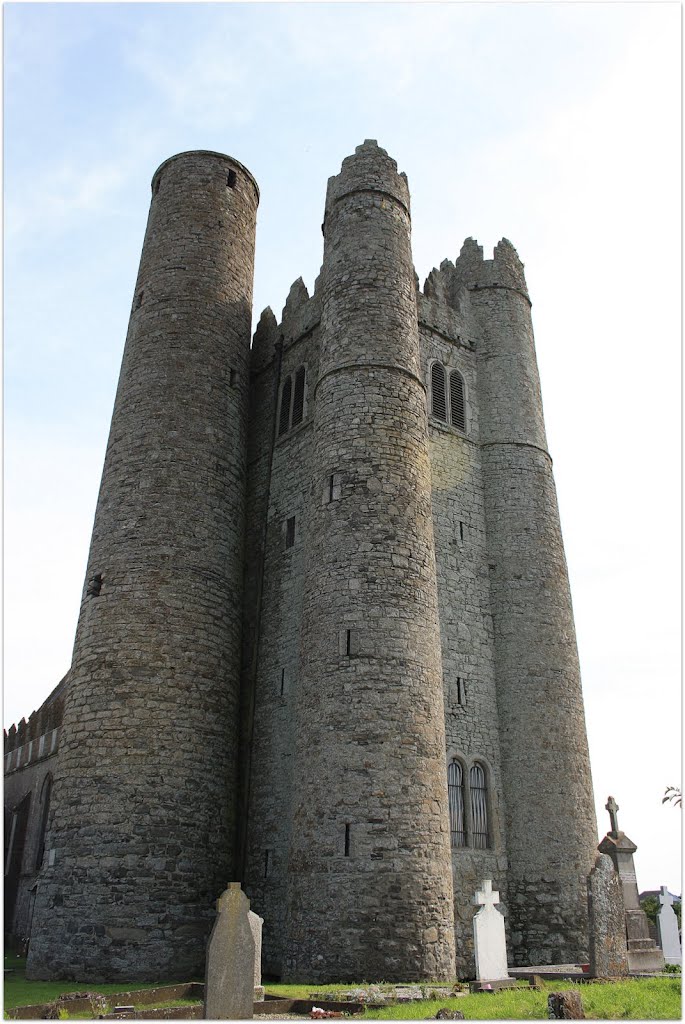
Gatehouses, Moats, and Drawbridges
The gatehouse is perhaps the most eye-catching feature of a castle’s defensive fortifications. And many a fantasy castle has featured them.
The gate was perhaps the most important feature of a fortification because, in theory, it was the easiest point of access for attackers. Most gatehouses had battlements that defenders could stand upon to keep attackers at bay. Moats and drawbridges were added later to enhance defence.
Gatehouses consisted of a set of reinforced wooden and/or metal doors and a portcullis made of reinforced wood or iron. An example of a mighty gatehouse can be seen in Harlech Castle in Wales. It had three portcullises, three doors, and four towers. If you managed to get past the first you were trapped at the second, and so on. The walls of the gatehouse were punctuated with arrow slits through which the defenders could fire upon the attackers, and murder holes in the ceiling through which arrows could be fired, rocks dropped or hot liquids poured.

One simple yet effective feature of gates was to place them at an angle instead of facing outwards. The purpose was to prevent battering rams from having a clear charge. Another feature designed with this in mind was the barbican, which was an outcropping of wall in front of the gatehouse.
Drawbridges were basic in construction, raised by chains and winches. They went hand in hand with moats, so if there was no moat, there was no drawbridge. The moat is one of the oldest features of fortifications. Simply put, it was a ditch surrounding the castle or keep. Rivers, lakes, ponds, or swamps were used to fill in moats, others were dry.
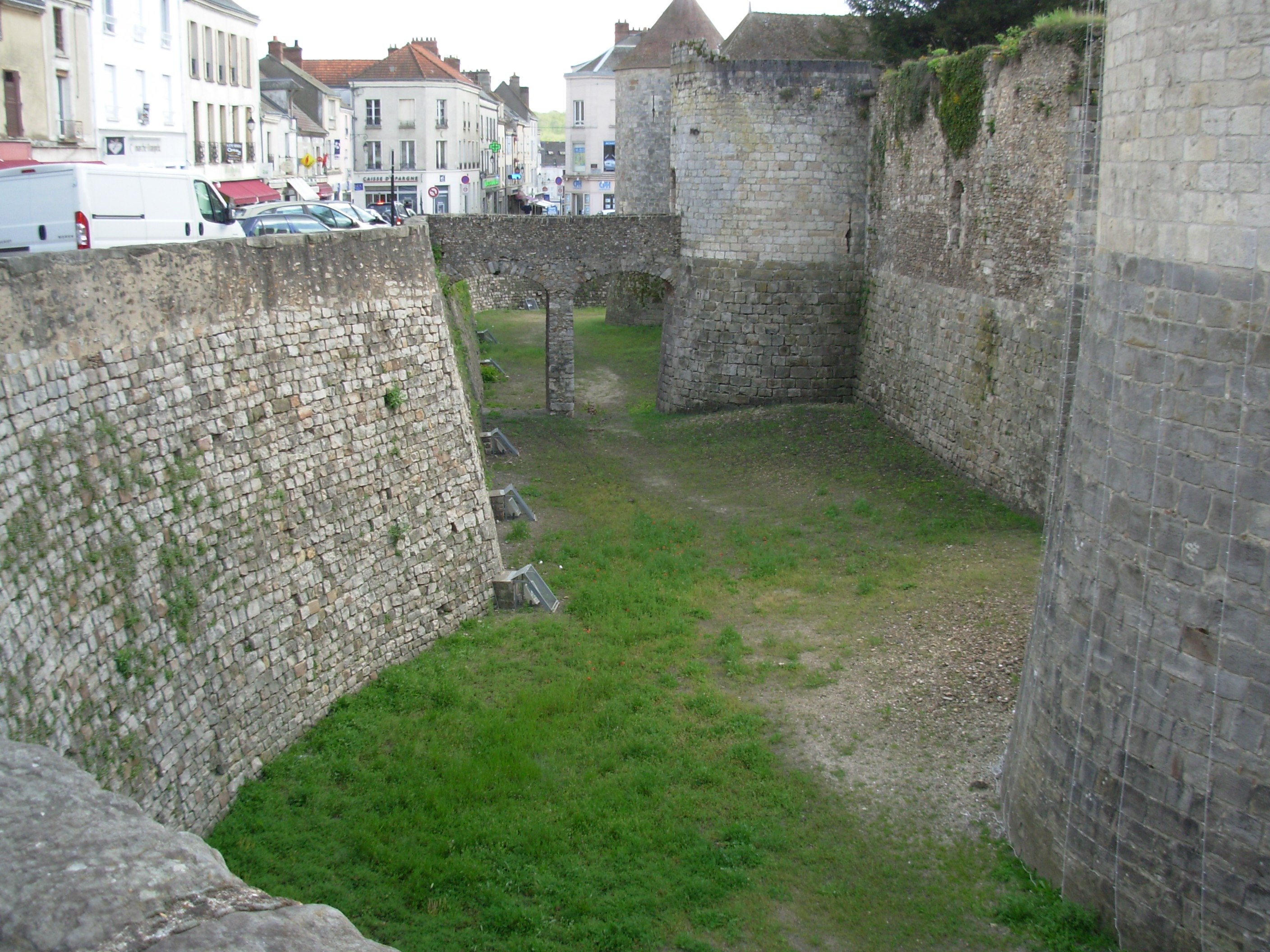
A moat had to be deep enough to prevent an attacker from wading through it and wide enough to stop someone from leaping across. Around 3 meters, or 9 feet, was the average depth before the 11th century. After that, they grew much deeper. The size of the moat, however, depended on the terrain and how easily it could be excavated.
Moats were also reinforced with other obstructions, such as sharp stakes along the bottom or inner wall. A deep moat is also protected against the threat of mining.

One thing about moats to keep in mind is that they tended to be disgusting. Excrement and waste from the fortification were tossed into the water, turning them into cesspools. It was the job of the peasantry to clean it up, on average twice per year. Peasants are always left with the worst jobs, aren’t they?
Inspiration For Fantasy Castle Designs
We’ve spoken much about the medieval castle, but not much about the fantasy castle. So in this section, we’re going to look at some awesome fantasy castle designs which may give you some ideas and inspiration for your own writing.
For even more ideas and inspiration for fantasy castle designs, including images and examples, head over to my Pinterest page.
Examples Of Fantasy Castle Designs
When it comes to inspiration for your own stories, it can help to look at some fantasy castle art. Luckily, there are scores of images that fantastic artists have knocked together. Their levels of imagination are incredible, and they can help you to get into the right mindset.
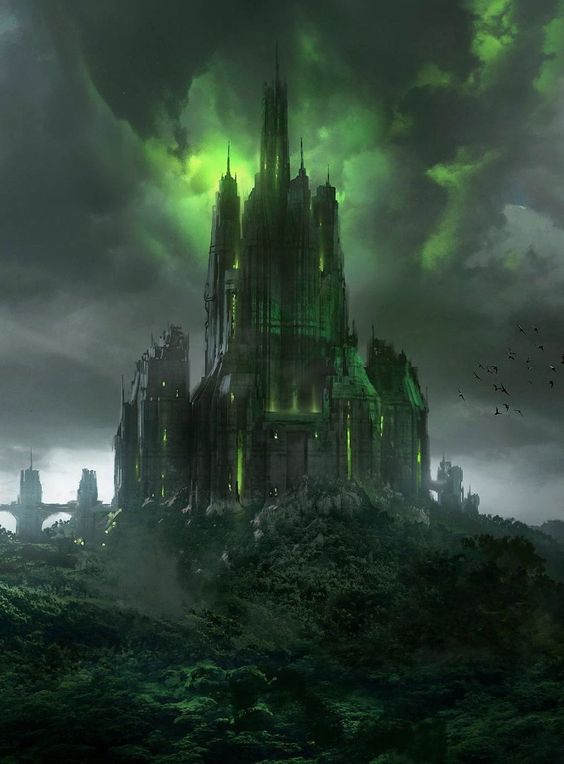
This one here would be very fitting in a dark fantasy story!
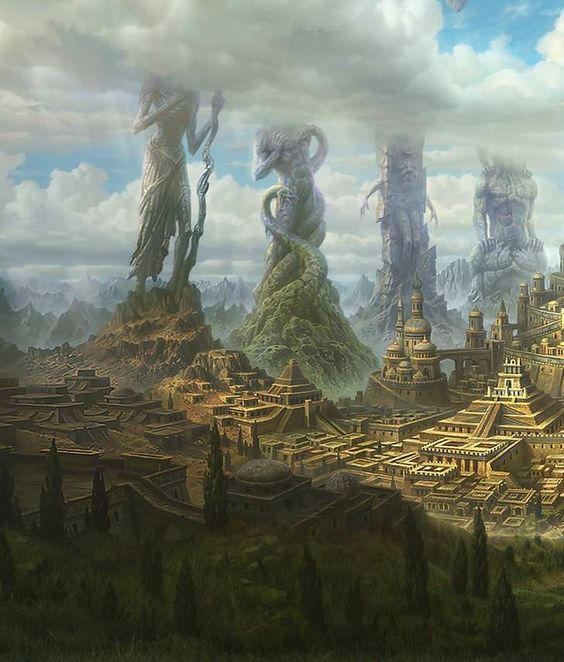
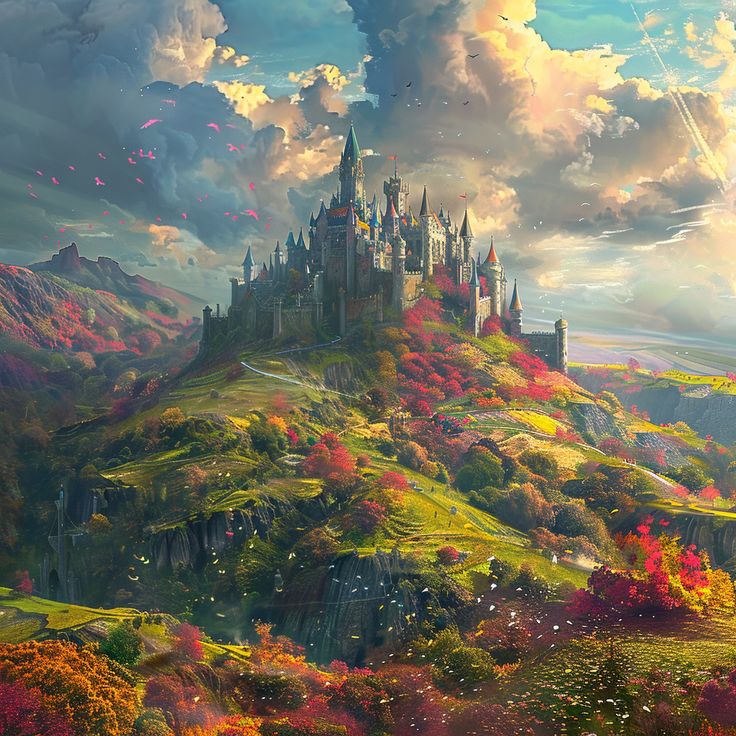
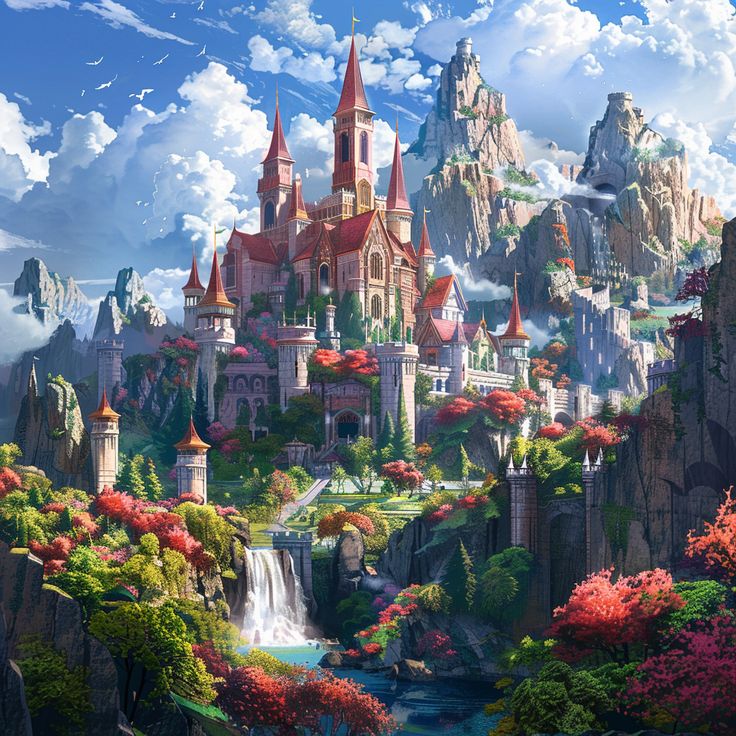
For more fantasy castle art, head to Pinterest. You can also check out Deviantart for more. Deviantart is the world’s largest online social media platform for artists and a hub for amazing sci-fi and fantasy art.
As well as the wonderful concept art above, I’ve also included some great images that capture what the essence of the castle in fantasy is about. And that is, that it should take the breath away. inspire intrigue and curiosity. Make you want to explore, or to fear.
Here are some fantastic examples of a medieval fantasy castle.
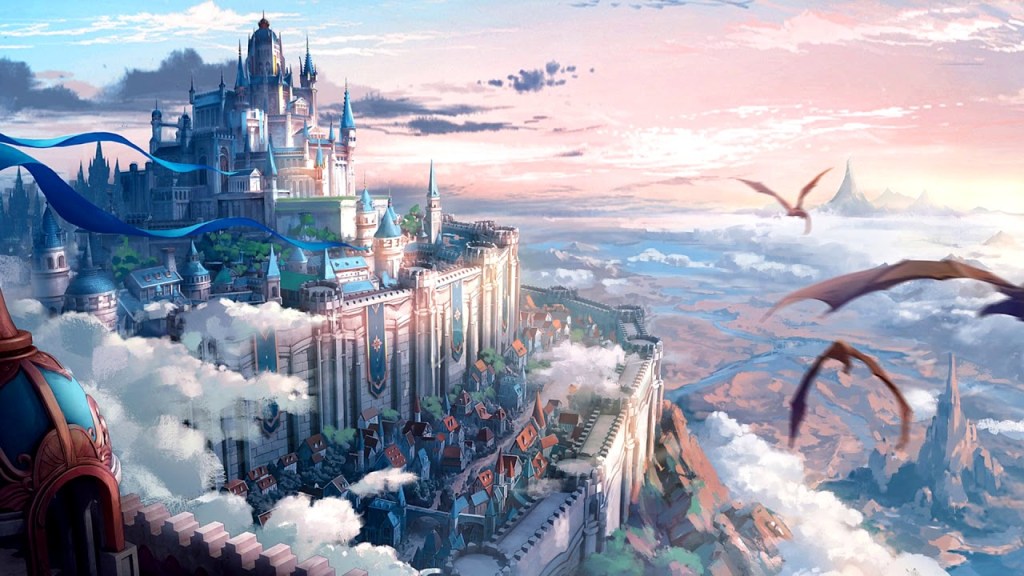
Isn’t this a beautiful fantasy castle?
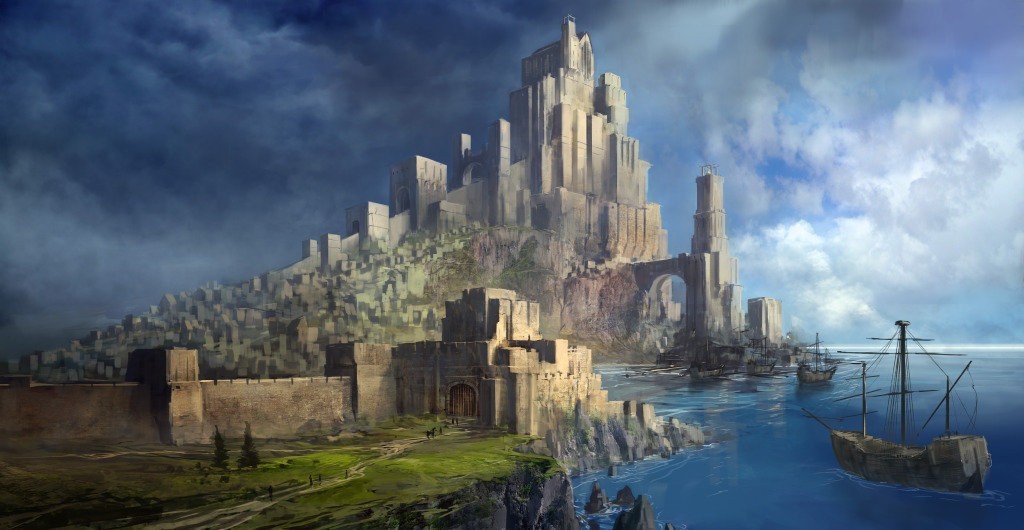
What do you think of this artwork depicting fantasy castles? Pretty damn amazing if you ask me. I particularly like that last one by Jeff Brown.
Fantasy Castles In Real-Life
When we encounter a fantasy castle in fiction, there is undoubtedly some kind of real-world influence. From the shape of parapets to conical towers, many fantasy writers draw their inspiration from fortifications that existed in the past.
In this section, I wanted to show you some real-life examples of fantasy castles to give you an idea of how writers can delve into the past to create their own fictional fortresses.
Petra, Jordan
While not a medieval castle as such, the structures carved into the rocky cliffs of Petra inspired my own fantasy castle in Pariah’s Lament.
A UNESCO World Heritage Site, Petra dates back to 312 BC and here it is, still standing in 2021. Its structures include tombs, temples, a treasury and an amphitheatre.
Imagine the ways that you could adapt something like this to your creations.
Kenilworth Castle, Warwickshire
Arguably the inspiration for that famous school of witchcraft and wizardry, Hogwarts in Harry Potter is said to have been based on Kenilworth Castle, found in Warwickshire, England.
Like Hogwarts, Kenilworth Castle has a sprawling lake, known as a mere, which provided much-needed defence from attacks. Curiously, this moat was man-made by damming two streams.
Maiden Castle, Dorset
Maiden Castle is said to be part of the inspiration behind the iconic Minas Tirith in JRR Tolkien’s Lord of the Rings series, namely featuring in the Return Of The King.
Minas Tirith was known for its layered rings which rose gradually as it climbed the peak of the hillside.
Maiden Castle is of a similar design. First occupied around 6,000 years ago, it was developed heavily in the Iron Age into a vast settlement, heavily fortified with earthwork ramparts and ditches.
Just imagine such a feature for your own fantasy castle. Defenders could fall back in stages if overran, bleeding the attackers out as they progress through the defensive fortifications.
Dover Castle
One of the strangest fantasy castles, and one that often gets queried by fantasy writers and readers, is the Eyrie from Game of Thrones. Seemingly sitting atop a slender mountaintop, with its most iconic feature being the ‘Moon Door’ through which people are hurled to plummet through clouds to their death, it lived long in the memories of many readers and watchers.
But surely it’s not based on a real medieval castle? Well, don’t get too excited. In fact, aspects of The Eyrie are inspired by medieval history.
Features such as the ‘Moon Door’ are no different from murder holes, or machicolations to give them their formal French title. Many a medieval castle has such a feature, but rather than throwing prisoners through them, they were more used for defending the walls from attackers, with burning pitch and skull-crushing stones dropped through.
In terms of the height of the Eyrie, Beeston Castle is an example of a fortification that was built upon a hill. Little remains of this medieval castle, but its location was no doubt selected to be visible to all—a symbol of power. In medieval writings, it was referred to as Castellum de Rupe or the Castle on the Rock.
Castles and Sieges
I wanted to share this fantastic video by Shadiversity. This is a cracking YouTube channel for any fantasy fan and writer. Shad is forever challenging fantasy tropes and stereotypes, uncovering myths and pointing out flaws. He also creates awesome videos on medieval history to help fantasy writers.
Also, see my guide on sieges here. Or check out my guide on battle tactics here.
The Fantasy Fortress
Nothing can explain something better than an example, and I have a fine one for you here.
One of the best examples of a fantasy fortress is Dros Delnoch in David Gemmell’s heroic fantasy, Legend.
Dros Delnoch is a six-walled fortress, the home of the Drenai. And marching toward them is the greatest army the world has ever known—the Nadir.
The tale follows Rek and Druss the Legend as they do all they can to repel the Nadir.
As siege warfare goes, the battle for the great fortress is second to none. You can get an idea of how defences can be used, how they can be overcome, and what it’s like to be on those walls, repelling relentless attacks.
How To Describe A Castle In A Story
If you’re looking for ways to describe a castle in a story, help is at hand.
There are a few simple approaches you can adopt and each one achieves different things.
First, I like to think of unique ways of describing the castle. Readers will get bored if you go down the “a stone structure with four towers in the corners and walls joining them”. A good technique is to sit and think of the uniqueness of the castle and how you can convey that image to other readers in ways that help them see what you’re seeing.
One of the best ways to do this is to use relatable metaphors and similes. To describe the parapets of a castle wall as “stone teeth”, or the “gate being as solid as a shield made of butter”, helps create imagery in the reader’s mind. The clearer that image the better.
Another effective method of describing a castle in a story is to use the 5 senses.
Let’s take a look at how each sense can liven up your descriptions beyond just visual imagery:
- Sound – medieval castles were busy places, with lots going on. There would have been peasants working in the baileys, tending to animals like pigs and horses. There may have been barracks in which soldiers are training, with steel clanging and clashing. Archers may have been practising too, with arrows thudding into targets. Think of industries too, like blacksmiths who may have been forging weapons and armor. This is just a snapshot of the potential sounds of a medieval fantasy castle.
- Smell – like the above, smells will also accompany a lot of the sources of noise. So animals will stink, moats (often used for dumping excrement in) were stinky things. Clothmakers and tanners all worked in very smelly places too.
- Taste – medieval food included the likes of game, and roasting meat such as pigs and boars.
- Touch – with the insulation not as heavily invested in beyond tapestries, rugs and hearths, medieval castles were cold and drafty.
How To Write A Fantasy That Takes Place Only In A Castle
Recently, someone asked for tips on writing a fantasy story that is set only in a castle.
This type of story is tightly linked with world building and requires a focus on character interactions and conflicts. Secrets, interpersonal struggles, and unexpected events can help create tension and drama.
Additionally, there could be a mysterious or spooky aspect to the castle, such as ghosts or demons. Despite the limited setting, it’s essential to describe the castle in detail, including the layout, colors, lighting, and other atmospheric details. Experimenting with narrative structures like flashbacks or multiple perspectives can also help keep the story engaging.
Coming Up With Ideas For Fantasy Castles
When it comes to coming up with ideas for a castle in our fantasy stories, we tend to gravitate to what we know. Below we’ve seen some castle art and looked at how to draw fantasy castles, both of which can give you ideas.
But in this section, I wanted to give you some specific tips which I hope you may find useful.
- One way to make a castle in a fantasy story unique is to think about altering its design. I like to think about the key features of a castle, so the gatehouse, the walls and parapets, to name a few. Parapets in particular can be carved into all different kinds of shapes and styles.
- Think about the location of the castle or keep. The fantasy castles in Lord of the Rings, for instance, always had quite eye-catching locations. Rivendell upon the banks of a river, Minas Tirith built into the mountain, and so too Helms Deep.
- Another way to approach designing a fantasy castle is to think about how it interacts with your world. For example, does magic exist? If so, what limits does it have and what can it be used for? Raymond E. Feist, for instance, uses magic wielders in his Riftwar Saga to build cities and strongholds, with each different magic user having a unique skill, just like we have bricklayers, electricians, plasterers and so on.
- Sticking to the subject of magic, can this influence the design or defences of the castle in your fantasy novel? What if magical forcefields are in place, meaning there’s no need for a wall? You can find a good example in James Barclay’s Chronicles Of The Raven series. One of the main characters finds himself besieged by an army. To protect himself and everyone else within the fort, he creates a magical wall with the help of some demons. Anyone who touches the wall dies, their soul sucked into the demon world. Barclay introduced a clever bit of conflict here. The besieging enemy rounds up innocent citizens and forces them to march into the magic wall. This tests the resolve of our main character and shows what you can do with magic and fantasy castles.
These are just a few ideas to help you when it comes to thinking about ways in which you can create original designs for your fortresses.
Another very useful thing to try is to create a castle floor plan. Let’s take a look.
Castle Floor Plans
If you’re trying to visualize the interior of your fantasy castle, floor plans can come in handy. Firstly, by using them you can ensure that you’ve included all of the essential rooms. You don’t want to spend an age making something and then realise you’ve not included any privies (toilets).
Secondly, in laying out our plan you can properly understand where all of your characters may be positioned at any given time. You’ve probably read a scene in a fantasy book involving a castle under attack. Characters are split up and have to find each other before making their escape. If you’ve laid out your castle using a floor plan, you can follow their every movement and work out which parts could be ripe for problematic obstacles.
To help give you more of an idea of how to approach this, let’s take a look at some fantasy castle floor plans:
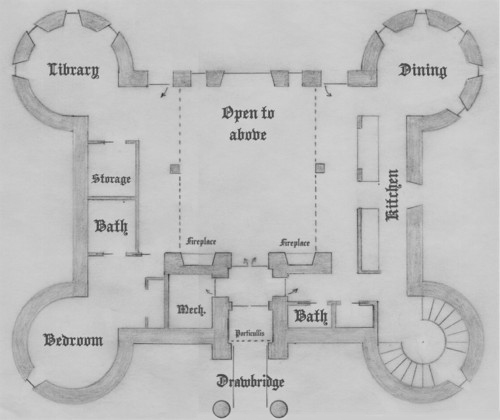

More Guides On Fantasy Castles
Thank you for reading this fantasy writing guide on the fantasy castle. If you’re looking to learn more about writing fantasy or about castles generally, check out this list below. There’s a wealth of information for you to devour:
- If you’d like to check out some discussions and opinions on different fantasy castles, check out this thread on r/fantasy on the most iconic fictional castles. This thread on r/worldbuilding is also very useful.
- If you need help creating names for your fantasy creations, like castles and forts, head here for a detailed guide with lots of advice. You can also head here to check out my fantasy name generator tool
- Something that’s found in castles are weapons, and if you want some help and advice, check out this guide on fantasy weapons here.
- Archery also featured a great deal in the defence and attack of castles and you can find a full guide here.
- If you want to learn more about the types of armor worn by defenders and attacks you can check out this guide to fantasy armor here, and also this guide on the lives of fantasy knights.
- When it comes to bringing your castles to life, it can help to draw a map of the layout, or of the surrounding area. Head here to check out my how-to guide on creating a fantasy map
If you have any questions at all, please don’t hesitate to get in touch.
- 5 Tips to Help Your Child Learn and Succeed at Primary School - February 26, 2024
- The Advantages Of Using An AI Essay Typer Alternative - February 14, 2024
- Advice On Getting Help With Your Homework - January 26, 2024

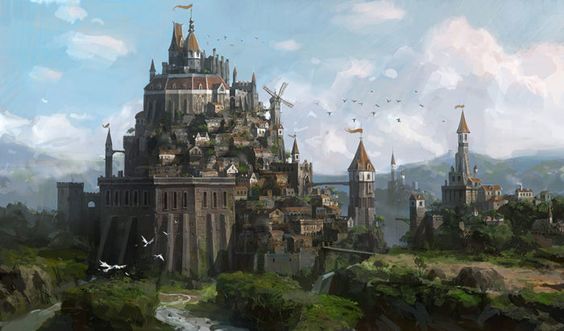
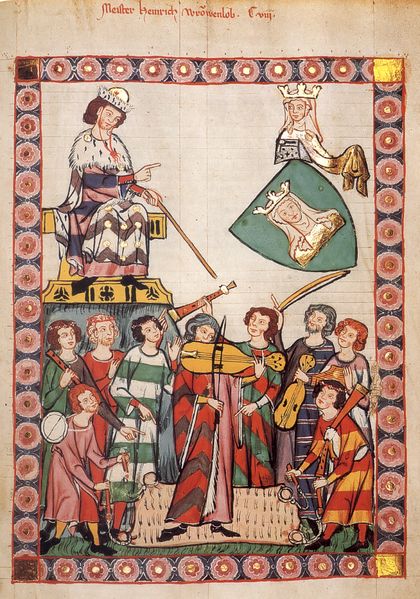
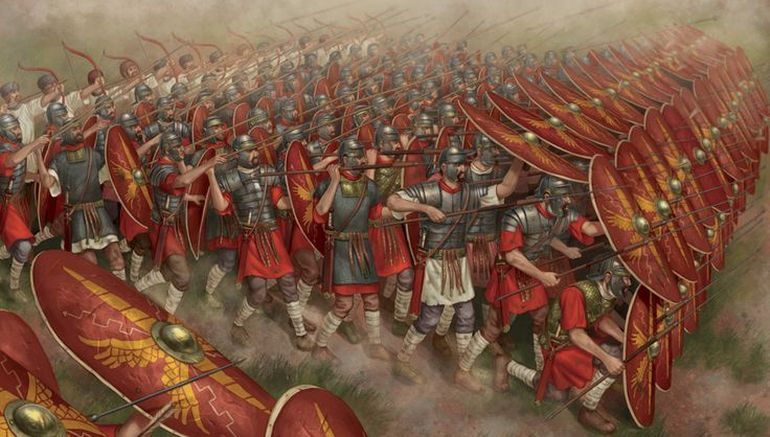

Pingback: A fantasy writer’s guide to … Castles and Keeps: Part Two – Richie Billing
Very informative.
NOTE: I think, when you were describing the “gród” that you mean “encircling” rather than “circular” wall. “Circular” indicates a round shape, where “encircling” refers to enclosing or surrounding a space.
Excellent article, great to see genuine content we can all learn between all users. I do as make tutorials and videos for others, if you have Instagram I would be happy to have you as follower : https://www.instagram.com/earthbydrones Have a good day! Earth By Drones Com Jeff
Thanks! I’m delighted you found it helpful! I don’t have instagram unfortunately. Are you on Twitter?
Pingback: A World-Building Treasure Trove – Richie Billing
Pingback: A Fantasy Writer’s Guide to … Castles and Keeps: Part II – Richie Billing
Pingback: A Fantasy Writer’s Guide to … Castles and Keeps: Part I - Celthric
Pingback: The Siege – Richie Billing
Pingback: A Guide To Writing Fight Scenes – Richie Billing
Pingback: A Guide to Worldbuilding – Richie Billing
Pingback: Naming Fantasy Characters #AuthorToolboxBlogHop – Richie Billing
Pingback: Fictional Utopias – Sunway Echo Media
Pingback: A Fantasy Writer's Guide to Armor - Richie Billing
Pingback: The Siege - Richie Billing
Pingback: A Fantasy Writer's Guide to Castles and Keeps: Part II - Richie Billing
Pingback: Medieval Cannons: The Essential Guide | Richie Billing
Pingback: A Guide To Siege Warfare - Richie Billing
Pingback: The Lives Of Medieval Peasants - Richie Billing
Pingback: The Medieval Lord - The Complete Guide - Richie Billing
Pingback: Religion in Fantasy - Richie Billing
Pingback: Excellent Examples Of The 5 Senses In Writing - Richie Billing
Pingback: Men Writing Women Characters - Never Make These Mistakes! - Richie Billing
Pingback: The Ultimate Guide To Fantasy Armor - Richie Billing
Pingback: Caerphilly Castle | South Wales, England | Ultimate guide of Castles, Kings, Knights & more | Castrum to Castle